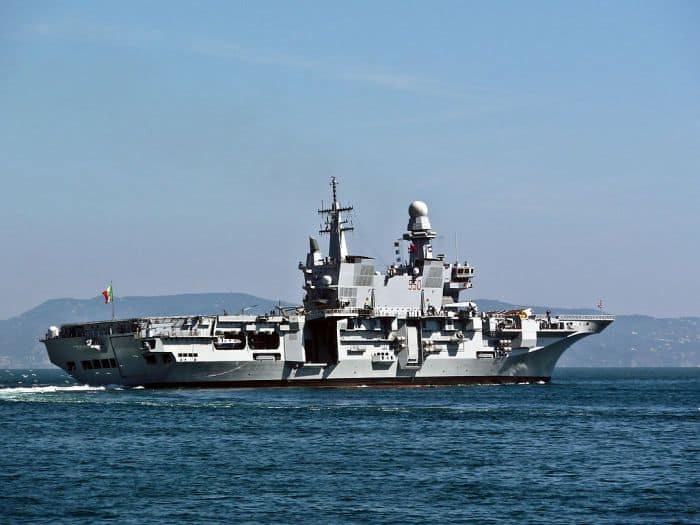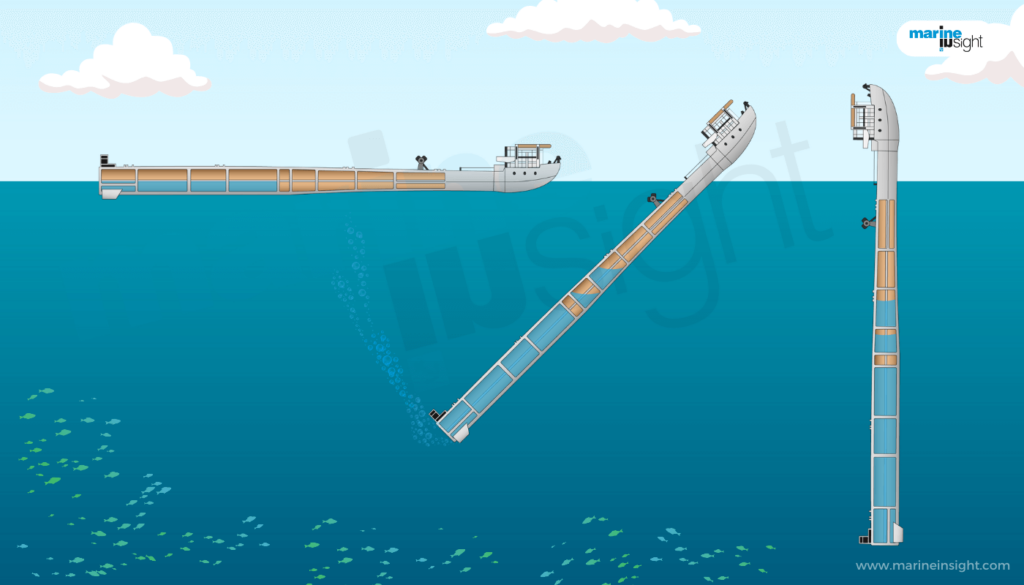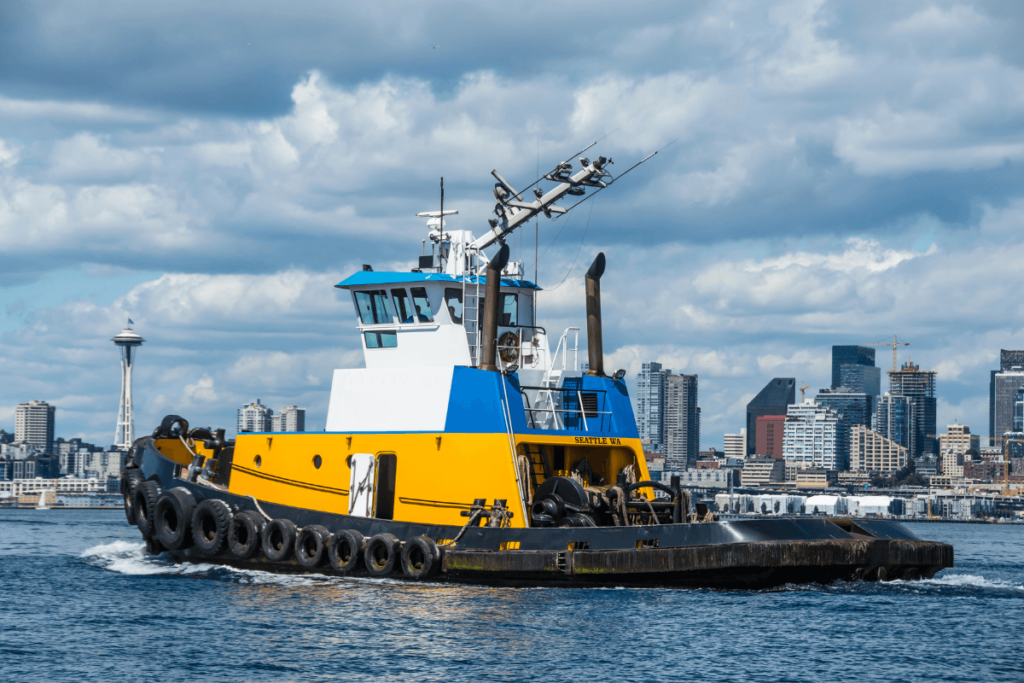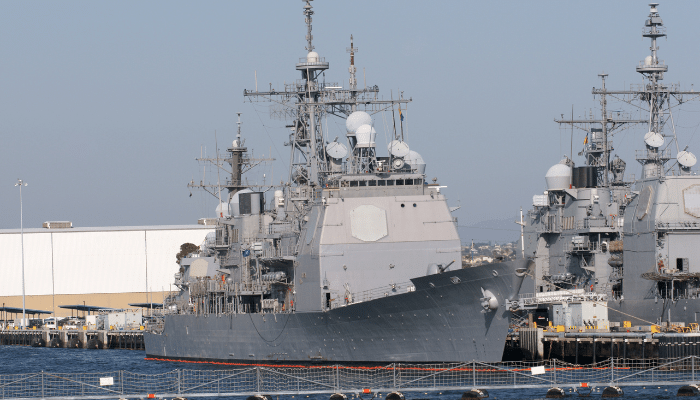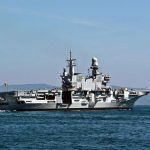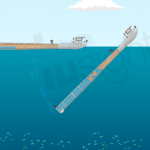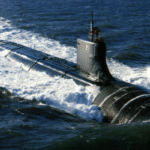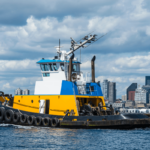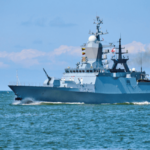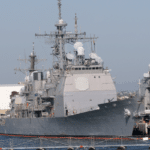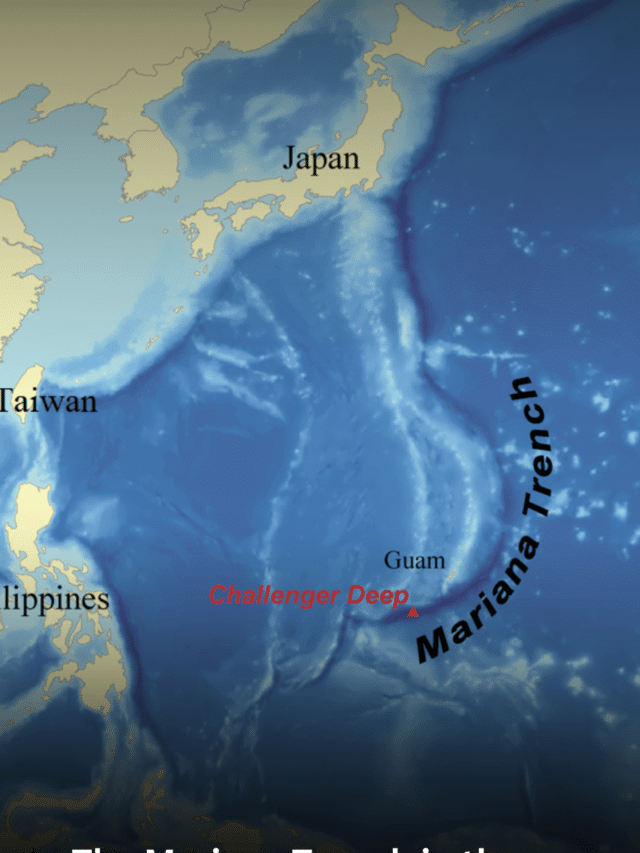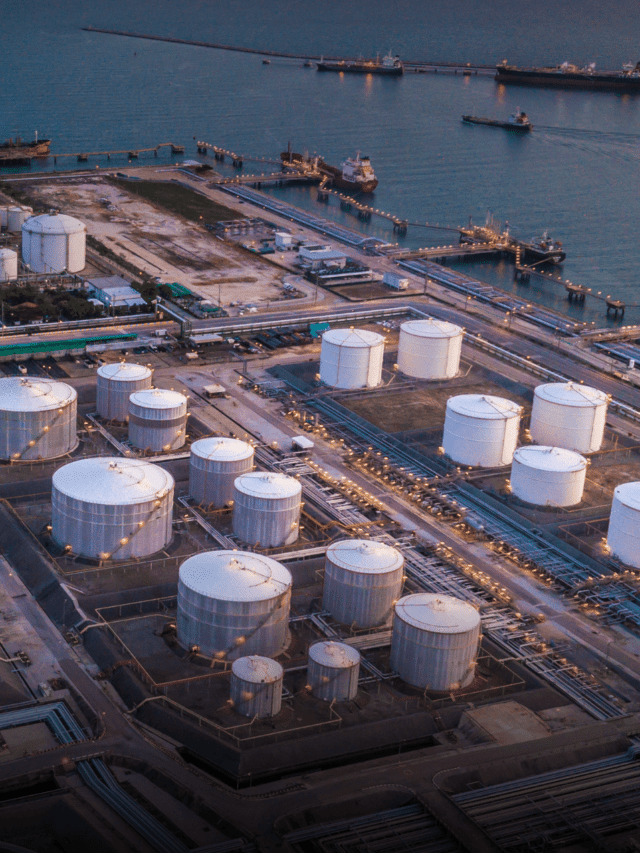Top 10 Biggest RoRo Ships In The World
RoRo ships are maritime vessels that are utilised mainly for transporting wheeled cargo such as cars, trucks, train compartments, construction machinery like cranes etc. These vessels are of different types such as pure car carriers or pure car and truck carriers.
British industrialisation and expansion of the global maritime sector prompted the use and widespread construction of the RORO ships from the 19th century onwards.
In today’s world with advancements in shipping technologies, bigger, highly efficient and environmentally sustainable vehicle carriers are being built.
Let’s take a look at the top ten biggest RoRo Ships in the world today.
1. MK-V ships of Wallenius Wilhelmsen – MV Tønsberg
MV Tonsberg is the world’s biggest ro-ro vessel owned by the shipping and vehicle logistics company Wallenius Wilhelmsen based in Norway. Constructed by Mitsubishi Heavy Industries, it was launched in 2011 and is currently sailing under the flagship of Malta. Its total cargo carrying capacity is 138,000 m3.
Based on the novel Mark V technology, its hull is low and double-bottomed so the vessel treads smoothly in rough waters. The vessel has a total length of 265 m, a breadth of approximately 32 m and a draft of 11 m. The ship’s gross tonnage is 75,251 and comprises 6 decks for carrying heavy rolling and non-containerised cargo, breakbulk and cars.
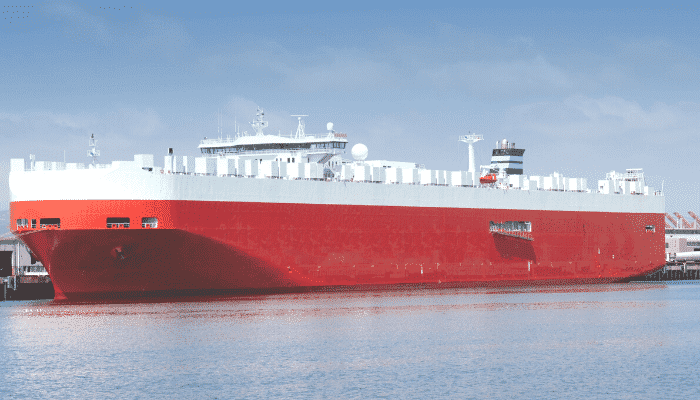
The inner ramps are fixed but liftable allowing for easy loading and unloading of ro-ro without the use of shore cranes. The outer ramp can accommodate 450 tonnes of cargo while the deck-2 ramp deals with containers, windmill parts and yachts.
The deck spans over 50,000 sq m out of which 31,300 sq m comprises the cargo storage area. The rest comprises the living quarters of the 37 crew members, an office and a meeting room, and an emergency evacuation area decked with a lifeboat.
The ship’s propulsion system and fuel tanks are driven by fuel oil and marine diesel with low sulphur content to decrease its annual carbon footprint by minimising carbon dioxide emissions.
2. Figaro Vehicle Carrier
Figaro is classified by the Lloyd’s Shipping Register as a Large Car Truck Carrier capable of transporting 7880 cars or 3550 cars and 430 buses. Constructed in 2011 by Daewoo Shipbuilding and Marine Engineering in South Korea, it is one of the biggest ships of the Wallenius Wilhelmsen RORO fleet, presently sailing under the Swedish flag.
The vehicle carrier measures 232 m lengthwise and 32 m breadthwise while her draught is estimated to be 10.5 m. Her gross tonnage is 74258 tonnes and her summer deadweight is 31143 tonnes. The ship can sail at a maximum speed of 20 knots while her average sailing speed is around 16 knots.
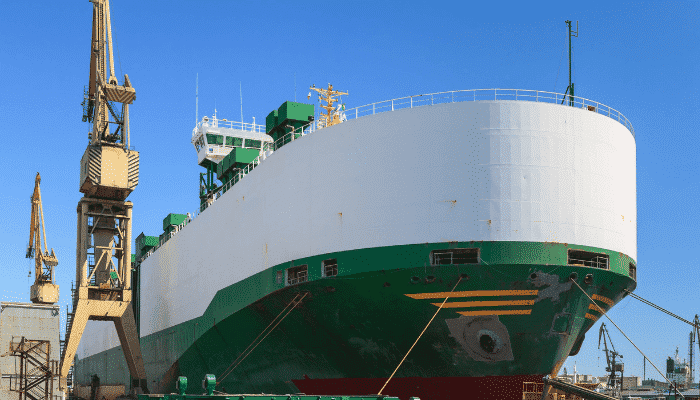
It comprises 9 decks and two main loading and unloading ramps near the starboard side to accommodate large vehicles like trucks and buses. The second outer ramp is used for loading cars. Conventional cargo is stored in the fifth deck accessible through the main outer ramp 1. Four decks are fixed while the others are liftable, offering great manoeuvrability.
The main engine is controlled by an automated control system while the rudders are designed to offer low resistance and provide high efficiency. Two emergency generators including a shaft and diesel generator are fitted along with an automatic fire extinguishing system. The ship’s living areas for its 39 member crew is located below the garage deck which also include a lifeboat and 4 rafts.
3. CLdn Group’s MV Celine
MV Celine is one of the largest short-sea ro-ro ships owned by the CLdn, a prominent RORO ships operating company in Continental Europe based in Luxembourg. It was constructed in the Hyundai Mipo Shipyard of South Korea and launched in 2018.
The vehicle carrier has a carrying capacity of 8000 lane m. She measures 235 lengthwise and 35 m breadthwise and has a gross tonnage of 74273 tonnes. Her home ports are Zeebrugge and Rotterdam. It would primarily serve the Dublin port and would boost its RoRo handling capacity. The port’s three berths were widened to accommodate MV Celine which carries cargoes between Ireland, Netherlands and Belgium and is expected to strengthen Ireland’s maritime trade connections with Europe.
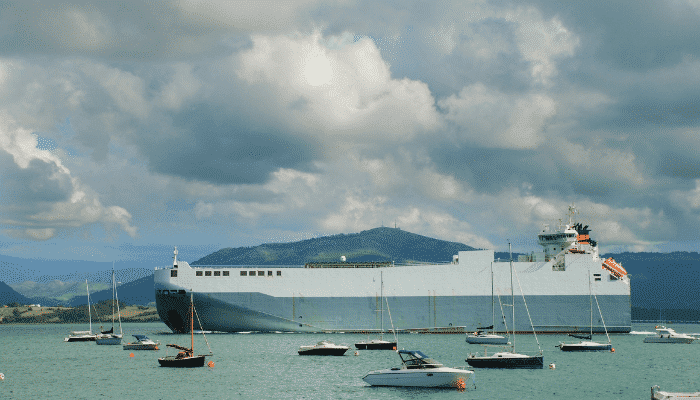
The ship comprises 5 decks with two main ramps for accommodating cars and lorries. Three decks are designated areas for storing trucks. It combines the massive size of deep-sea vessels and the swift movement of ferries. Unlike other vessels, it has a two-stroke rather than a four-stroke engine offering high efficiency and low carbon emissions.
4. Century Highway Green of the K-Line
The vehicle carrier Century Highway Green was constructed in 2021 at Tadotsu Shipyard in Japan, a part of the Imabari Shipbuilding Company for Kawasaki Kisen Kaisha Ltd. The carrier is powered by liquified natural gas instead of heavy fuel oil and is termed an environment-friendly vessel that would reduce carbon emissions by 25% and sulphur and nitrogen emissions by 85% due to its innovative Exhaust Gas recirculation system.
The car carrier has an LOA of 200 m, a beam of 38 m and is presently sailing under the flag of Japan. Its carrying capacity is 16844 tonnes DWT while her current draught is estimated to be 9 m. Century Highway Green can transport 7080 cars at once. Her gross tonnage is 73515 tonnes and its fuel tank can hold 2440 m3 of LNG. With a 16844 tonne of summer deadweight, the ship’s service speed is 20 knots.
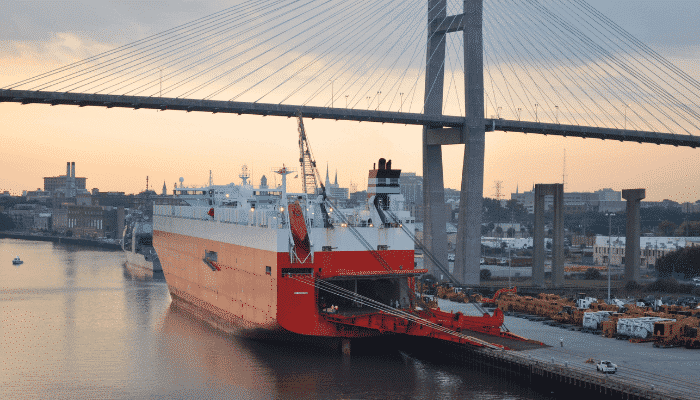
The main engine can run on dual fuel while auxiliary ones including generators and boilers can be powered by either LNG or Marine gas oil. The former is a ME-GI type, which significantly decreases the production of methane which is a greenhouse gas.
The carrier has 6 decks comprising the living quarters of the crew and life-saving equipment etc. The ship is laden with the latest remote monitoring and digital technologies. Wifi has been installed on the garage deck, engine room, generator and fuel systems compartment. It is also equipped with a Class NK-CMAXS, a unique system for detecting engine failure beforehand and preventing serious accidents. Camera surveillance on all decks is another security measure.
5. ARC endurance
The vehicle carrier Arc Endurance is owned by the American Roll-On-Roll-Off Carrier, a US-based RoRo company that owns a commercial fleet of 11 RoRo vessels. The Arc Endurance is the largest among its fleet measuring 264.6 m lengthwise and 32.29 m breadthwise with a current draught of 7.6 m.
Earlier known as Taronga, Arc Endurance was built in 1996 by Mitsubishi Heavy Industries. Being 26 years old, it still ranks as the fifth biggest RoRo ship in the world. Presently sailing under the flagship of the USA, its total carrying capacity is 48988 tonnes DWT while her gross tonnage is 72,708 tonnes. It can sail at a maximum speed of 20.3 knots and an average speed of 16.2 knots respectively.
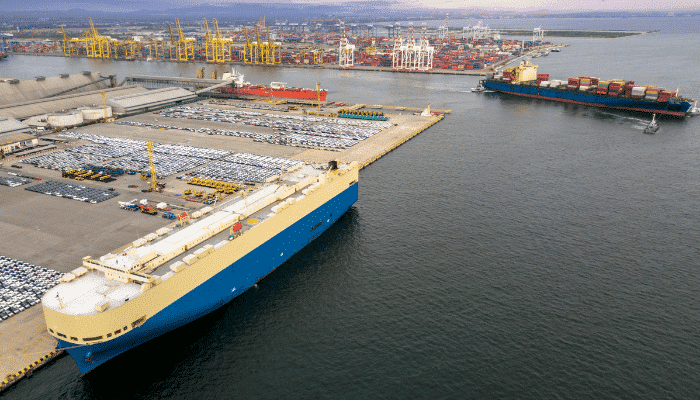
It has 9 decks capable of carrying 260,000 sq feet of heavy cargo. Endowed with two main ramps and a quarter ramp whose lifting capacity is 330 tonnes, the carrier also incorporates an optimised control system of liftable and flexible decks easing the loading and unloading operations. This system also aids in reconfiguring the vessel for accomodating different cargo types apart from cars while maximising its carrying capacity.
This carrier frequents the ports of the gulf, crossing the Mediterranean sea to reach the Middle East and South Asia. Arc Endurance frequents the ports of Alexandria, Jeddah etc.
6. Eco Livorno
The RoRo carrier Eco Livorno owned by the Grimaldi Shipping Company is classified as the GG5G vessel, which incorporates the world’s biggest and most environmentally sustainable ro-ro ships. It was constructed in the Jinling Shipyard in Nanjing in 2021 and is currently sailing under the Italian flag. Her gross tonnage is around 67,311 tonnes. The ship comprises seven decks capable of accommodating 7800 linear m of cargo, equalling 495 trailers and 182 cars. She is 238 m long and 34 m wide with a current draught of 6.9 m and her maximum sailing speed is 20.8 knots.
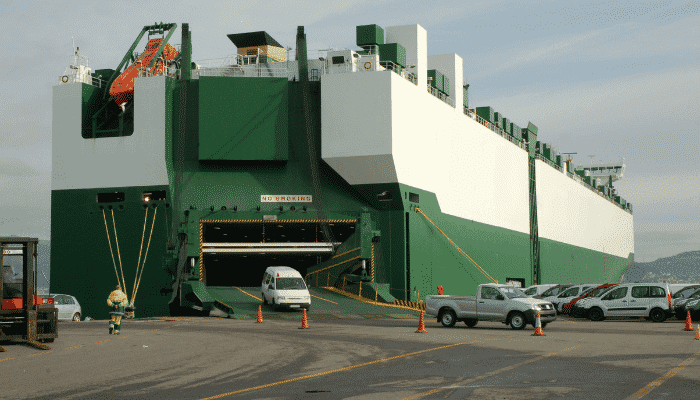
These vessels are imbibed with the latest carbon reduction technology that decreases carbon emissions by half compared to the earlier ro-ro vessels operated by the Grimaldi shipping line. Interestingly, they produce zero greenhouse emissions when moored at a port since they run on electricity produced from the in-built lithium batteries charged by solar panels. Equipped with automated engine control, this vessel frequents the port facilities of Livorno, Valencia, Savona, and Barcelona.
7. MKIV ships of Wallenius Wilhelmsen
The Wallenius Wilhelmsen Shipping Company operates 5 different classes of RoRo ships out of which the MKIV vessels are one of the biggest vehicle carriers in the world. These ships are specifically designed for carrying heavy construction equipment or machinery along with breakbulk without compromising on the car carrying capacity. They are endowed with automated stern ramps capable of lifting 500 tonnes and handling cargo as high as 7 m.
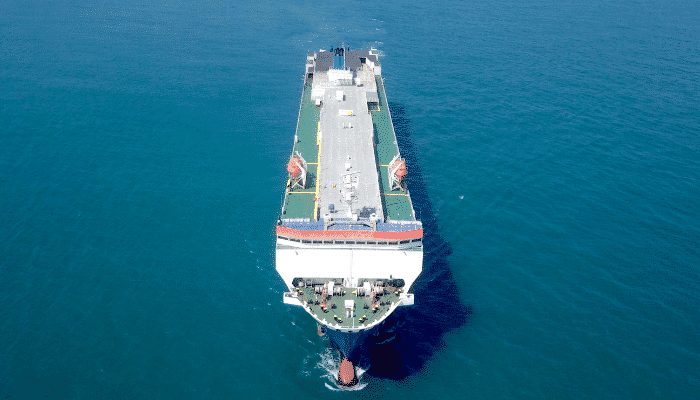
MKIV class vessels include 4 car carriers constructed to lower emissions while being energy efficient. All these cargo carriers are sailing under the flag of Norway. Three of them namely Talisman, Tamesis and Tarago were built in 2000 while Tamerlane was built in 2001. They have similar dimensions and carrying capacities and are digitised for improving communication and real-time tracking. The Talisman has a gross tonnage of 67140 tonnes while her summer deadweight is 38500 tonnes. She measures 240.6 m lengthwise and 32.30 m breadthwise.
8. Ephesus Seaways
The RoRo carrier Ephesus Seaways was designed by the renowned ship designing company Knude E. Hansen and constructed in the Jinling Shipyard of China in 2019, for the Danish international shipping and logistics group, DFDS that ordered a total of 5 such vessels to expand their RoRo fleet.
The ships have received much acclaim for their energy-efficient and sleek design, and are the most environmentally sustainable vessels among the entire commercial fleet of the DFDS Company meeting the IMO standard of energy.
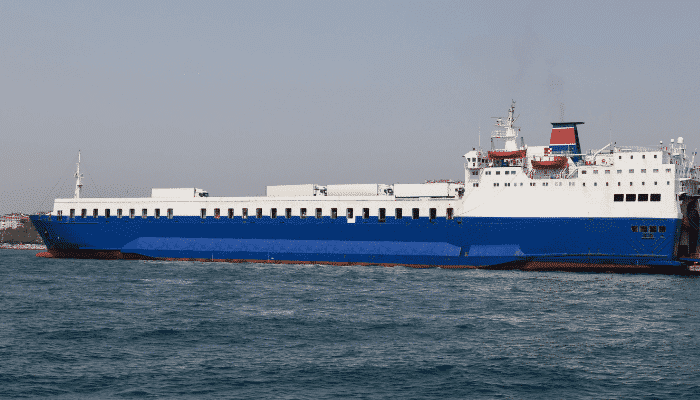
Ephesus Seaways, earlier known as Gothia Seaways measures 238 m lengthwise and 34 m breadthwise. Her gross tonnage is around 60,400 while her draught is estimated to be 6.8 m. Presently sailing under the flag of Turkey, she has a deadweight of 21500 tonnes.
Powered by a 23600 KW Man-B&W engine, it can attain a maximum sailing speed of 20 knots. It has a unique ramp structure for accommodating all kinds of RoRo easily. The ship can carry 460 trailers and its automated ramp system allows for swift loading and unloading operations.
9. Felicity Ace
The Car and truck carrier Felicity Ace was constructed in 2005 in the Shin Kurushima Dockyard. Operated by Mitsui O.S.K lines based in Japan, this huge cargo carrier was sailing under the flagship of Panama.
The cargo ship’s LOA was around 200 m and her width was 32.27 m. Its gross tonnage was 60,118 tonnes while her deadweight was 17738. With a draft of 9.2 m, she was able to attain a maximum sailing speed of 19.5 knots.
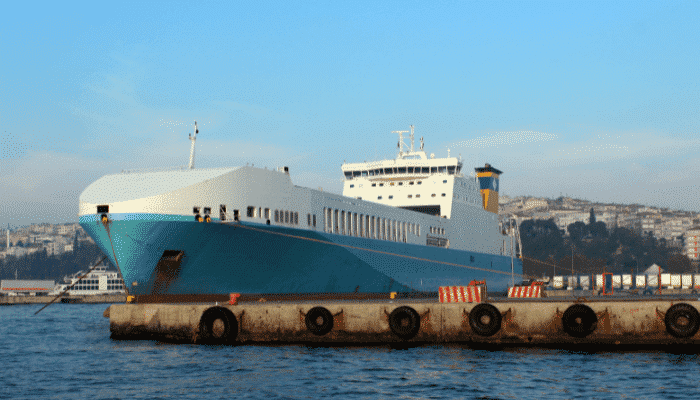
The ship sank on 1st March 2022, near the Azores islands after burning for weeks. The 60,000-tonne cargo vessel caught fire on 16th February while crossing the North Atlantic Ocean. Heading to Rhode island, it was carrying 4000 electric cars of luxury brands like Porsche, Bentley, Lamborghini, Volkswagen etc which went down with the ship, resulting in losses of over 400 million dollars.
10. Morning crown
Classified as a Vehicle Carrier by Det Norske Veritas, Morning Crown is a huge RoRo ship sailing under the flagship of the Bahamas. It was constructed in 2005 by Stocznia Gdynia SA, Poland for the Shipping Company, Crown Maritime Limited.
The cargo carrier measures 199.94 m lengthwise and 32.29 m breadthwise, with a draught of 8.5 m. Her carrying capacity is around 21,052 tonnes while her gross tonnage is 57,692 tonnes. The ship has two main ramps and 4 decks.
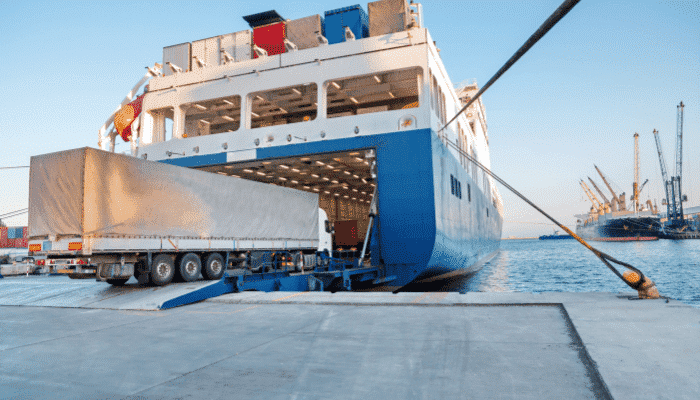
It can accommodate 6600 cars due to its hoistable decks that enable optimum space utilisation for carrying maximum vehicles of varying sizes. Powered by a 15857 KW, 7S60MC-C engine, it can reach a top speed of 19.8 knots.
You might also like to read:
- Top 10 Biggest LPG Carriers
- 5 Biggest Oil Platforms in the World
- 5 Biggest Tanker Ships In the World
- Top 10 Biggest Ice Breaker Ships in the World in 2022
- Top 10 Largest Cruise Ships in 2022
Disclaimer: The authors’ views expressed in this article do not necessarily reflect the views of Marine Insight. Data and charts, if used, in the article have been sourced from available information and have not been authenticated by any statutory authority. The author and Marine Insight do not claim it to be accurate nor accept any responsibility for the same. The views constitute only the opinions and do not constitute any guidelines or recommendations on any course of action to be followed by the reader.
Do you have info to share with us ? Suggest a correction
Latest Type Of Ships Articles You Would Like:
Subscribe To Our Newsletters
By subscribing, you agree to our Privacy Policy and may receive occasional deal communications; you can unsubscribe anytime.
Web Stories



